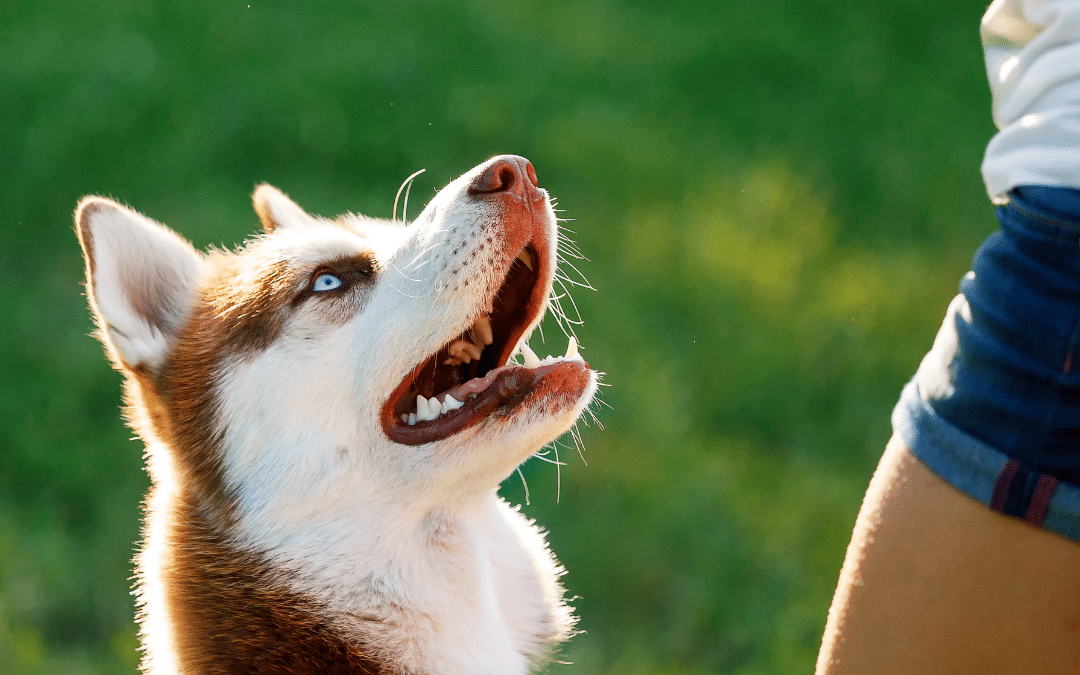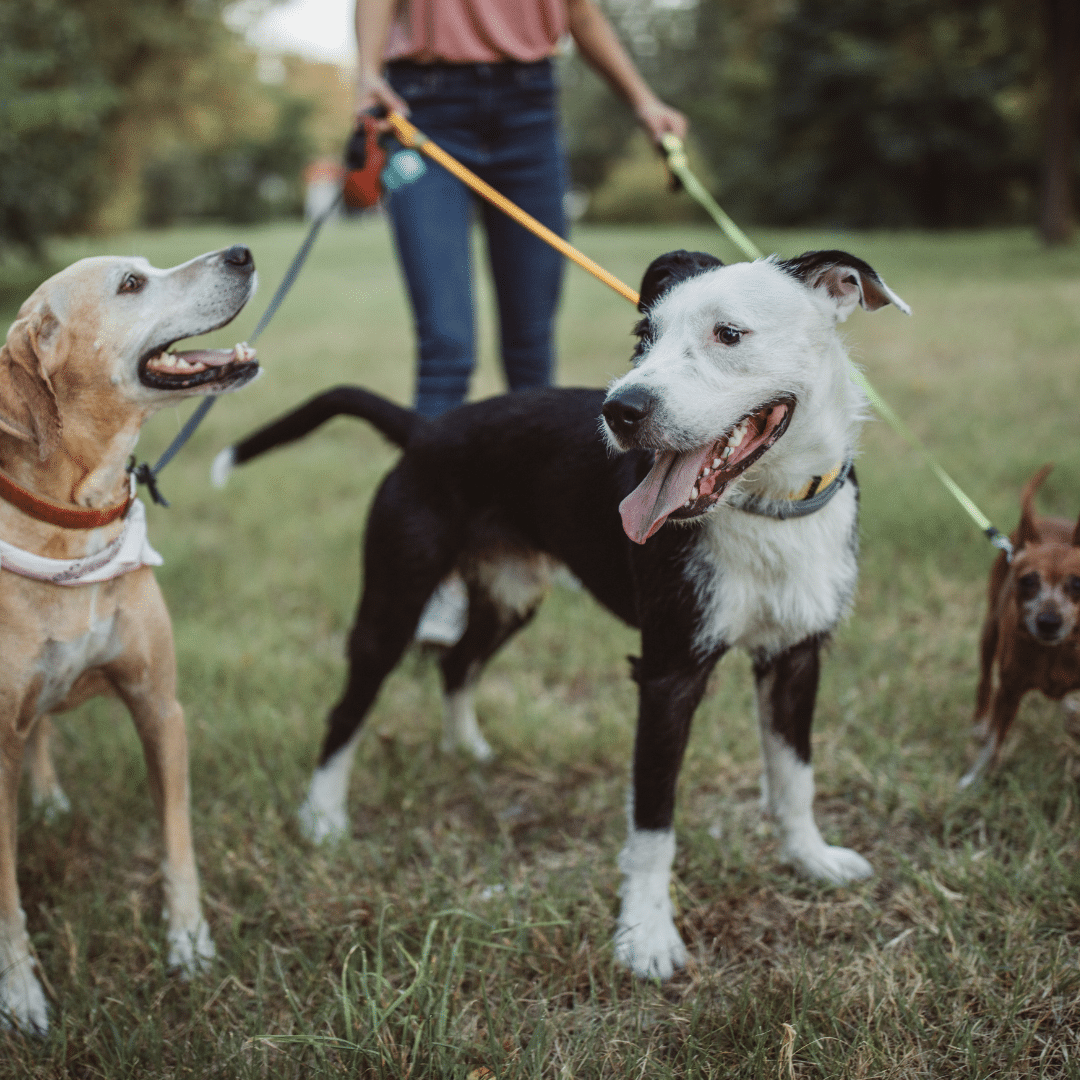Introduction to Spring Training for Dogs
As the chill of winter begins to wane and the first buds of spring make their appearance, March emerges as an ideal time to embark on a transformative journey with your canine companion. Spring training for dogs is not merely a seasonal activity but an opportunity to rejuvenate the bond between you and your pet, while also instilling essential behavioral skills. The gentle warmth of March provides a conducive environment for outdoor adventures, making it a perfect month to initiate training routines that can enhance both physical fitness and mental acuity in dogs.
Benefits of Starting Dog Training in March
March offers a unique confluence of factors that make it particularly advantageous for dog training. Firstly, the moderate temperatures ensure that neither you nor your dog are overwhelmed by extreme weather conditions, thus fostering a comfortable training environment. Furthermore, the gradual increase in daylight hours allows for extended training sessions, maximizing the time available to instill new commands and reinforce existing ones.
- Improved Focus: The serene atmosphere of early spring can enhance your dog’s concentration, making it easier to teach complex commands.
- Boosted Energy Levels: After the sedentary winter months, dogs often exhibit increased energy levels, which can be channeled productively through structured training sessions.
- Reduced Allergies: Unlike the pollen-heavy months that follow, March typically presents fewer allergens, minimizing distractions for your dog.
Embracing Outdoor Opportunities in Spring
Spring invites an array of outdoor opportunities that can be seamlessly integrated into your dog’s training regime. Parks, hiking trails, and open fields become accessible playgrounds where obedience training can be paired with exploration and play. These environments not only stimulate your dog’s senses but also provide real-world scenarios to practice commands such as “stay,” “come,” and “leave it.”
- Socialization: With more people and pets venturing outdoors, March is an excellent time to socialize your dog, teaching them to interact positively with others.
- Agility Training: Utilize natural obstacles like fallen logs and gentle slopes to introduce agility exercises, enhancing your dog’s coordination and physical prowess.
- Bonding Experience: Shared outdoor activities can strengthen the bond between you and your pet, fostering a deeper mutual understanding and trust.
In conclusion, by initiating spring training in March, you are setting the stage for a season filled with growth, learning, and companionship. This month serves as a gentle transition from the dormancy of winter to the vibrancy of spring, making it the perfect time to engage your dog in activities that nurture their wellbeing and enrich your relationship. Embrace the opportunities that March offers and watch as your dog flourishes into a well-rounded, joyful companion.
How a New Season Inspires Routine Changes
The transition from winter to spring naturally encourages a shift in daily routines, both for humans and their canine companions. As the days grow longer and the weather becomes more inviting, there is a collective urge to shake off the winter doldrums and embrace new activities. For dog owners, this seasonal change is a perfect catalyst to reassess and revitalize training routines, ensuring they align with both the evolving climate and their dog’s needs.
Spring serves as a reminder of renewal and growth, prompting a fresh start in training schedules. It is an opportunity to introduce variety into your dog’s routine, ensuring they remain engaged and motivated. Incorporating new exercises or revisiting past training goals can invigorate your dog’s learning experience, keeping them mentally stimulated and eager to learn. Consistency, combined with the novelty of new challenges, helps maintain your dog’s interest and enthusiasm in their training.
Spring Weather Advantages for Dog Training
One of the most appealing aspects of spring is its moderate weather, which is ideal for outdoor training sessions. Unlike the harsh cold of winter or the sweltering heat of summer, spring’s mild temperatures provide a comfortable environment for both you and your dog to engage in extended activities without the risk of overheating or fatigue. The pleasant weather not only makes training more enjoyable but also encourages a more consistent routine as you are less likely to skip days due to unfavorable conditions.
Additionally, the natural beauty of spring, with its blooming flowers and lush greenery, creates an inspiring backdrop for training. This vibrant setting can enhance your dog’s sensory experiences, making them more receptive and alert during sessions. The gentle breezes and fresh scents of spring can also serve as natural stimuli, aiding in focus and attention during training exercises.
Tips for Successfully Implementing Spring Training Routines
To make the most of spring training, it is important to adopt strategies that cater to your dog’s individual needs and temperament. Here are some tips to ensure a successful training experience:
- Start Gradually: Begin with short training sessions to gauge your dog’s comfort and gradually increase the duration as they become more accustomed to the routine.
- Use Positive Reinforcement: Reward your dog with treats, praise, or playtime for successfully following commands, reinforcing positive behavior and encouraging continued progress.
- Vary the Activities: Incorporate a mix of obedience training, agility exercises, and interactive play to keep your dog engaged and prevent boredom.
- Be Patient and Consistent: Every dog learns at their own pace, so patience and consistency are key. Regular practice and encouragement will yield the best results over time.
- Monitor Your Dog’s Wellbeing: Pay attention to your dog’s physical and emotional state during training. Ensure they are not overexerted and provide ample opportunities for rest and hydration.
By thoughtfully integrating these tips into your spring training routine, you can create a rewarding experience that benefits both you and your dog, fostering a harmonious and fulfilling companionship.








Recent Comments